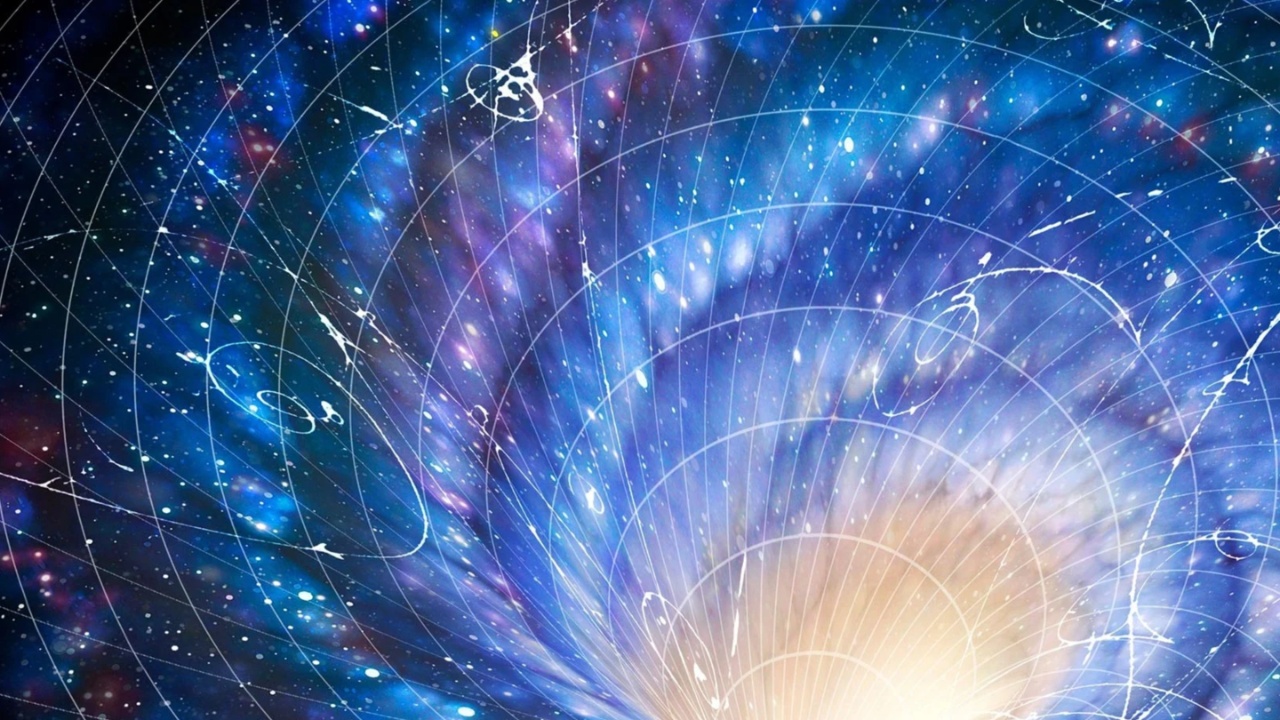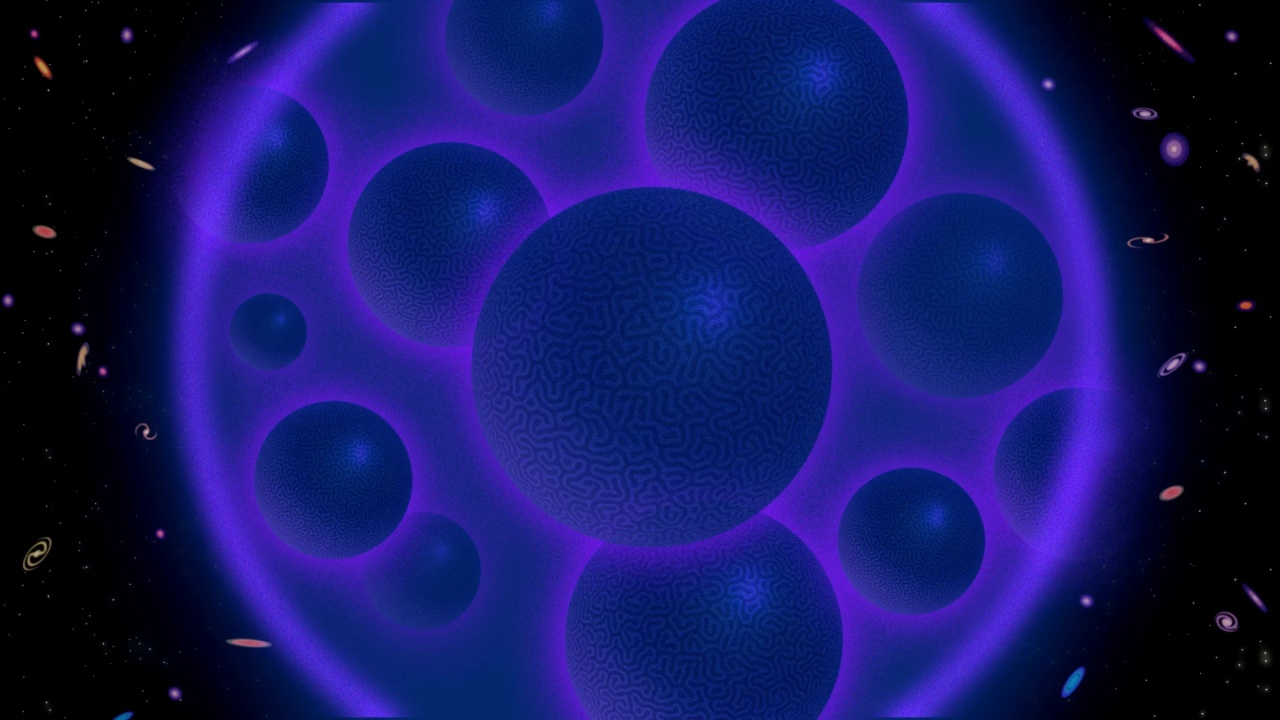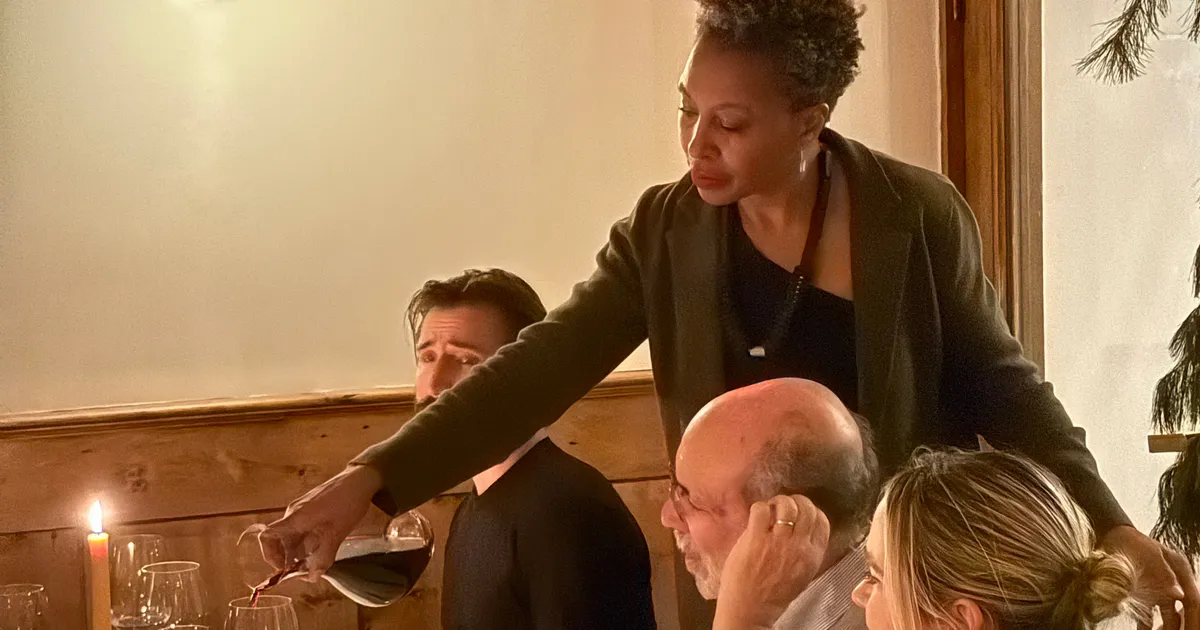A new theoretical study proposes a groundbreaking idea: dark energy—the mysterious force behind the universe’s accelerating expansion—might be an intrinsic feature of quantum space-time itself. Instead of being a separate energy source filling the universe, dark energy could be a result of how space and time are fundamentally structured.
This concept not only challenges long-held assumptions but also potentially offers experimental support for string theory, a framework that has eluded physical evidence for decades.
Rethinking Dark Energy Through Quantum Space-Time And Unexpected Cosmic Acceleration Data
Dark energy has puzzled scientists since its discovery in the late 1990s. Initially believed to be a constant vacuum energy, newer data—particularly from the Dark Energy Spectroscopic Instrument (DESI)—suggest that the expansion of the universe may be slowing. This observation conflicts with predictions made by the Standard Model of particle physics, prompting researchers to explore more unconventional explanations for cosmic acceleration.

The team of physicists turned to string theory to model space-time not as a smooth fabric, but as a quantum structure where the sequence of coordinates has physical meaning. In this framework, dark energy isn’t an external force—it emerges naturally from the quantum geometry of the universe. Crucially, this model predicts a slowing acceleration, which matches the findings from DESI, strengthening its credibility and its potential link to string theory.
Bridging quantum and cosmic scales with tests that could prove string theory
One of the study’s most exciting implications is that it connects phenomena at the smallest and largest scales—the Planck length and the cosmic scale of the universe. This rare bridge between quantum mechanics and cosmology suggests that fundamental constants may not be fixed after all. If true, it would redefine our understanding of gravity, space-time, and the evolution of the universe.
Perhaps most thrillingly, the researchers have proposed practical experiments to test their ideas. By detecting unique quantum interference patterns, they hope to gather direct evidence supporting their model. These tabletop tests could be conducted within the next few years, bringing the elusive string theory closer to empirical science and opening a new chapter in theoretical physics.


